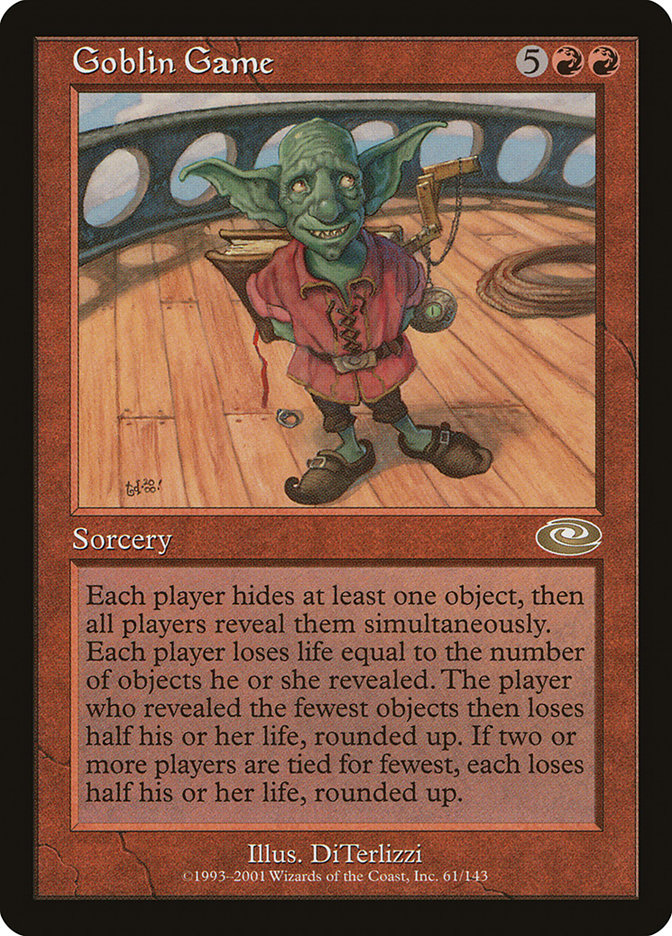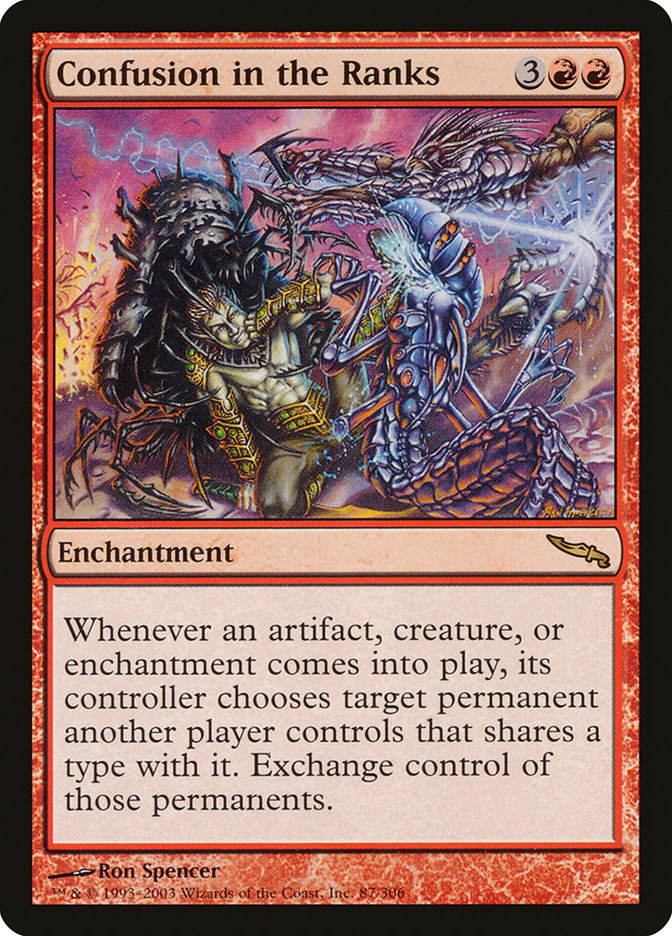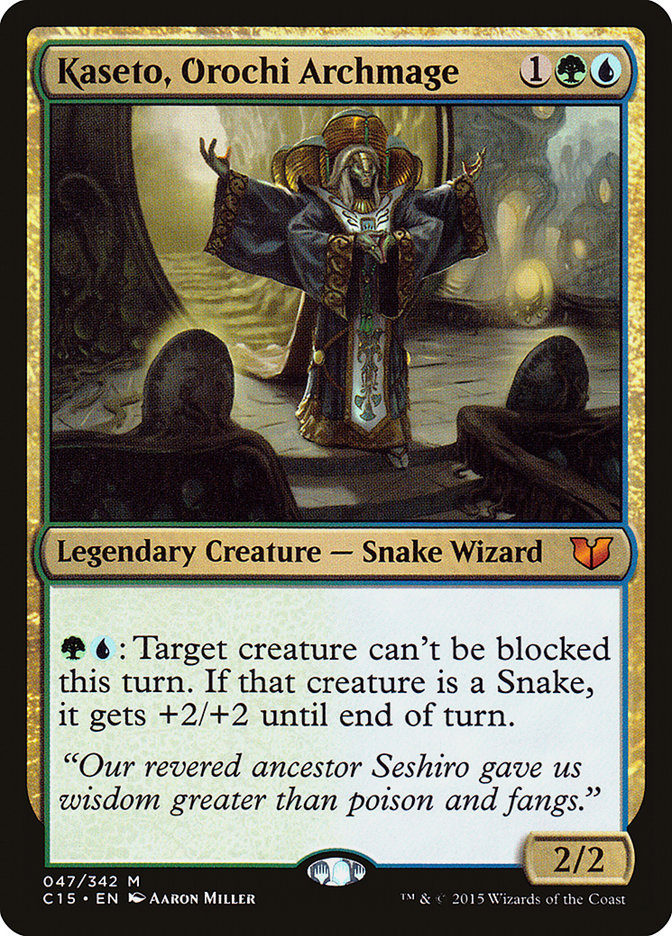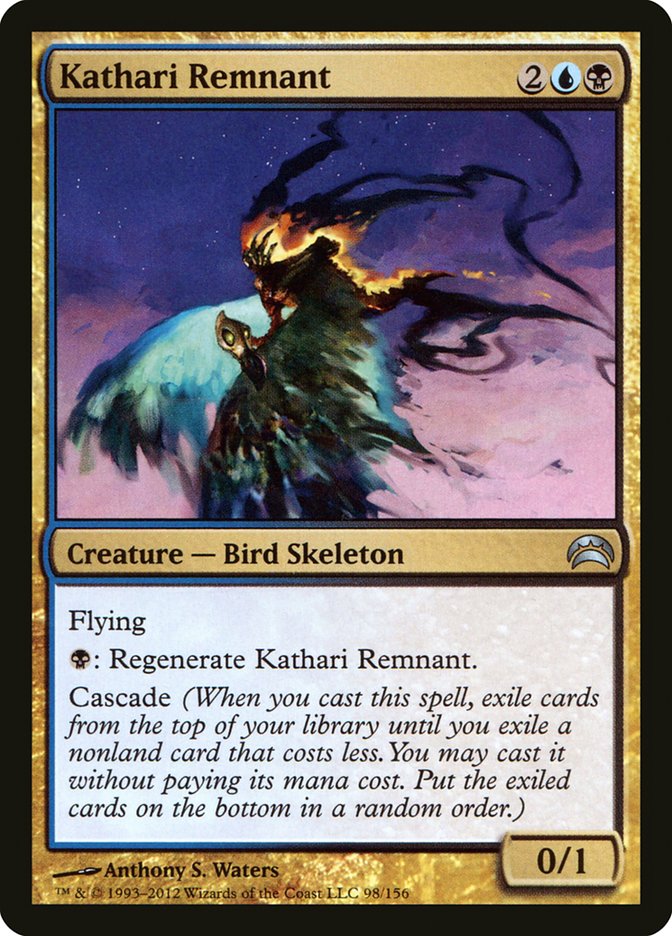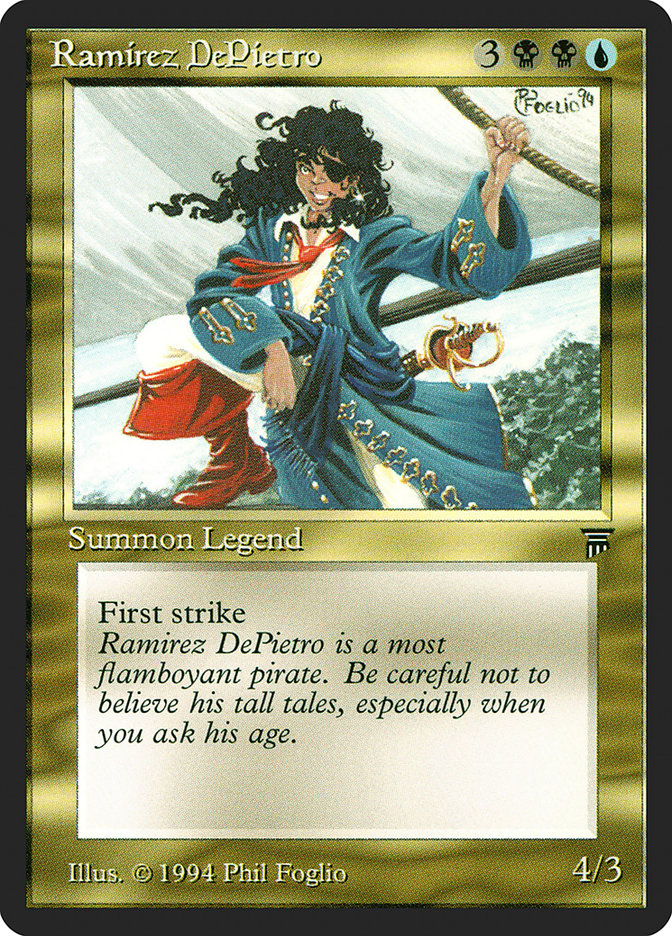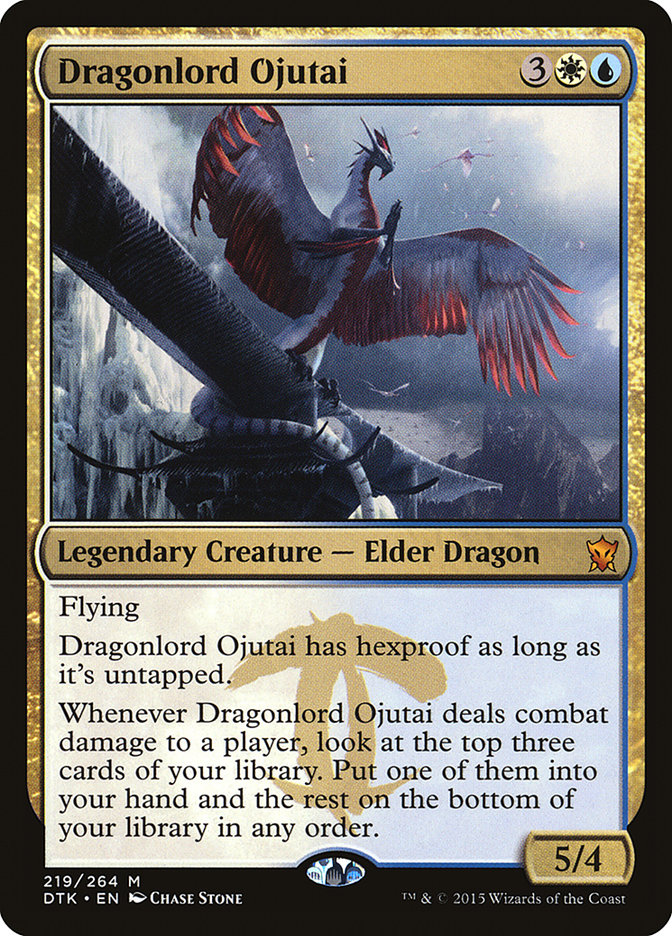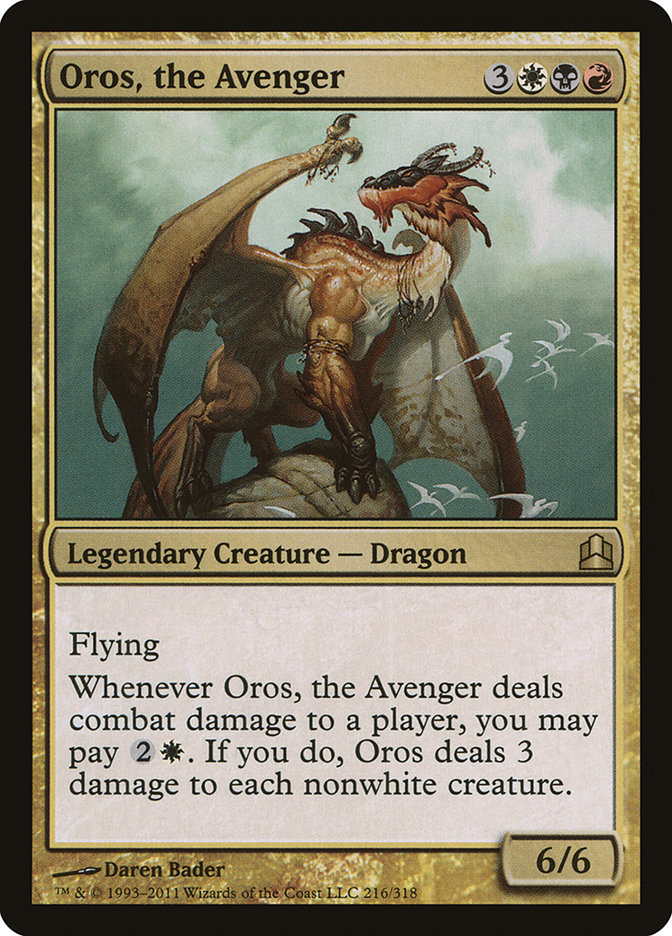Gen Con is soon. I am hyped, and I hope many of you are attending. Gen Con is celebrated as the best four days in gaming. I will explain how I prep for a convention or a large event where I have an opportunity to play against a ton of different gamers with different expectations.
For Commander players, this venue has a Commander Cabana event, basically a mini-Commander tournament, to try to earn prizes. The other method of Commander gaming is to head over to the side events area, where the Commander players grab a bunch of out-of-the-way tables and we game like fiends. Twitter has messages and pictures announcing to other gamers where we are, often including specific table numbers.
This is excellent, but does have some challenges. We sometimes get booted from a table because it is needed for a side event. There is no point in getting mad; it is their space to play, so just move and game at a new spot. The other challenge is the massive variety of decks.
Commander has more than winning as a goal. Here is the philosophy right off the official Commander site. The goal of every player having a good time means that you need to take a few moments to ask about game expectations. But you also need to be prepared.
In a LGS or your playgroup, you can have one or two players with hardcore decks and some others step up occasionally to play at the “big kids’ table.” Here you have a more established norm, so a hardcore game might only mean something like my Damia Deck, which can control a lot of fair decks and fight a good fight against an unfair deck or something like Sam Black’s Narset token deck that can easily run over an unprepared table. Or you can find someone who was battling in the Commander Cabana to win big on the prize wall and brings over a Sharuum the Hegemon combo deck that can win on turn 4 with reliability.
I consider my Damia, Sage of Stone deck to be on the upper end of fair. Sam Black considers his Narset, Enlightened Master deck to be completely casual. If he drops into a pod of people just jamming some fun games when we are playing silly things like Pirate tribal or Ladies Looking Left, the game will not be fun for most of us. Due to this potential for disparity, I suggest bringing several decks in multiple tiers of capability.
Tiers of Play
Many, many games use a tier system: fighting games like Street Fighter or Smash Bros (I’m counting it as a fighting game for this article), MOBAs like League of Legends, optimizers for Dungeons & Dragons or Pathfinder, and even Pokemon (which is really well-defined). Magic players most often see these terms used for tournament purposes with a Tier 1 or Tier 1.5 deck. Sometimes a Tier 2 deck can break into a tournament standing, but often they are competitive but unable to Top 8 or carrying a win.
Hard tiers aren’t quite what we need for a Commander herd. Rather, I prefer to use a difficulty rating more akin to the Gears of War Series. Gears of War 2 has four difficulties: Casual, Normal, Hardcore, and Insane. I think this gives us enough variety for our purposes. We can leave dedicated tiers to the competitive Commander, Duel Commander, or Tiny Leaders. I know that subjective tiers leave a lot of gray room between tiers and defining the tiers, but there isn’t a lot we can change about that. The nature of this format having multiple opponents makes a more objective tier system nearly impossible.
Casual
The Casual tier is the setting for easy play, silly things, and weird tribes. Many Pauper Commander decks end up here with all commons. Tribal Pirates will almost always end up here because… well, there are few good Pirate cards. Pushing a deck in a strange direction like trying to make a deck win with Helix Pinnacle and no infinite mana combo will probably go here. This is also the place for low-powered decks.
These decks are not bad. They just dial down power for flavor, focus, fun, or something else. Many of the silly games that have stories we share for years come from a deck or two in the Casual tier. The problem with this tier is that if you play against a Hardcore pod, you are in for a lot of work to win. If you love the challenge, it is awesome. But being outclassed by your opponents’ decks is pretty frustrating.
Here are my Casual tier decks:
Kathari Remnant is a Pauper deck that seeks to kill a player using the commander damage rule. It has yet to win a game, but I’m pretty sure my friends think something is wrong with me when I play this deck. It is a hilarious experience and I love this deck.
The others are here because they are lower-powered. Kaseto, Orochi Archmage and Sekki, Seasons’ Guide are both highly capable of winning a game, but they are a bit lacking in reach. Many times they struggle to get out of a losing position. Ramirez DePietro is in a similar position. The deck is silly, and I love it for that. I even did a deck tech with CMDR Decks here (it’s outdated, but most of the themes are there).
Gen Con Deck: For Gen Con, I’m leaning towards Kathari Remnant. I brought Ramirez last Gen Con, so he can sit this one out. I think the 0/1 that could is best for stories. I’ll bring the original commander for this deck, Sivitri Scarzam, as a Swamp to keep the Pauper status.
Normal
This is the tier you expect for Commander. Power level is manageable, and many decks in this tier have a flaw or weakness to exploit. When players talk about a relaxed game, this is often what they mean. Decks do their thing and disrupt opponents, but rarely is someone going into the archenemy role. Ideally, the threat title is passed around pretty quickly so that everyone is engaged in defeating everyone else. Theme decks that function well thrive in this tier. Conversely, decks that have a very strong commander but the deck itself may be weak often fall into this tier as well. When the social contract is being used so that every player enjoys the game, these are essentially the Tier 2 decks from most other formats: capable, but not curb-stomping anything.
The Gitrog Monster is a powerful deck with an almost scary good-draw engine; however, the deck can be hated out with proper graveyard hate or throwing a lot of removal spells at the Frog Horror itself. Gumming up the works for this deck buys a lot of time. Despite its ability to nova a turn with card drawing and making tokens, the deck still has weaknesses.
Gisela, Blade of Goldnight is in a similar deck space. The deck is powerful, and left alone it will run over a table. But the deck really wants Gisela out, and tabling a seven-mana Angel that doubles damage is tricky. Plus, many people focus some attacks at Gisela before the deck is up and running. Gitrog Frog may be more of a dragster; Gisela is a diesel engine which needs time to warm up.
My other decks in this tier have their gameplan but do not have extremely hard-hitting blows, or perhaps like Hazezon Tamar with no tutors, so the deck is pretty easy to handle if you have some enchantment removal. This group is among some of my favorite decks. Jori En, Ruin Diver is extremely fun to play, even if I have to assemble a win condition out of whatever the deck gives me that day. Cromat is mostly about the Battlemage cycle from Planeshift and other cycles from Invasion block. These decks are fun, and they do not make opponents groan. They just have a goal and a gimmick and jam that in the format.
Gen Con Deck: Jori En, Ruin Diver is definitely going to Gen Con. After that I like Lyzolda, the Blood Witch or Gisela, Blade of Goldnight. All three are fun to play. Lyzolda provides a budget deck to play while Gisela just clocks the table a lot. I’m not fully decided on which of these I will bring.
Hardcore
If someone were to make a “big kids’ table” joke, these are the decks that make it possible. The decks fight hard. They are still fundamentally fair but most often assume the archenemy mantle for a table. These are the Tier 1 kitchen-table decks. They fight hard, play dirty, and are tough to put down. The other way a deck ends up in this category is when the commander is a big piece of hate, like Gaddock Teeg or Kalitas, Traitor of Ghet. Many decks in the Hardcore tier have a commander that is notorious for doing bad things. These can be the fair version of such decks or have a ton of power to put the table on the back foot.
The good-stuff complaints start here. Many Hardcore decks lose their focus and identity and become a mash of cards that “you have to run” in those colors or with that commander. Boring. Walk away. These decks all have problem commanders that limit it, at least a little. Shu Yun is really a Sunforger deck. But Sunforger still casts spells and Shu Yun still wrecks people quickly. Kalitas is a big hating Vampire who dismantles recursion. The lifegain is nice, but black control with a commander that exiles puts a hurting on creature decks. Sen Triplet lets Liz steal whatever she wants (almost).
Atarka, World Render is my newbie deck. This one is built to be powerful so that a newbie can keep up with a regular commander table. I discuss the deck here. In general, I want this deck to be very strong for a new player to swing haymakers around.
Gen Con Deck: Sen Triplets and Atarka, World Render are going to Gen Con for Liz. I will probably bring Shu Yun, the Silent Tempest because the deck is very fun for me. Kalitas is a consideration, but bringing this deck will mostly depend on space I have left in my luggage.
Insane
These are the decks that can keep up with competitive Commander decks. I frequently say that I open games by asking, “What type of game do you want to play?” If you get a shaky answer or people want to play hardball, then reach for one of these. The Insane Tier is where the lines blur or become crossed for a gentleman’s agreement for the format, or simply where decks with a lot of power and reach sit.
Do you have a story involving the whole table overcoming someone’s notorious deck? It was probably in this tier. Power, card advantage, speed, resiliency, and answers are all present in a deck in this tier. The decks may still adhere to a theme or gimmick, but these are finely tuned weapons for dispatching a table. Their win records support their status as probably too powerful for your playgroup.
Dragonlord Ojutai functions a lot like the fun police. Damia, Sage of Stone frequently crushes tables. And Oros, the Avenger is my first and favorite Commander deck. These decks crush my enemies, see them driven before me, and hear the lamentations of their women. (Thank you Conan!)
Gen Con Deck: I am definitely bringing Oros. I am thinking of leaving the others behind. I’m looking to jam more fun games and worry a lot less about winning random pods at Gen Con. But if I change my mind, I can easily bring all three of these decks.
Conclusion
Deck goals matter less than a variety of options. Notably, I lack a token deck, so Hazezon may join the Gen Con group and replace Gisela or Lyzolda. But the decks have a variety of strategies to employ and move between Voltron, Control, Aggro, and several listed as little balls of synergy. As I tweak which decks I bring for Gen Con, I’ll keep updating my choices.
How do you classify your decks? When you plan to go to a large event do you bring a variety of decks? Do you think for an event like Gen Con you should have more Hardcore and Insane decks or spread across Casual, Normal, Hardcore and Insane?


